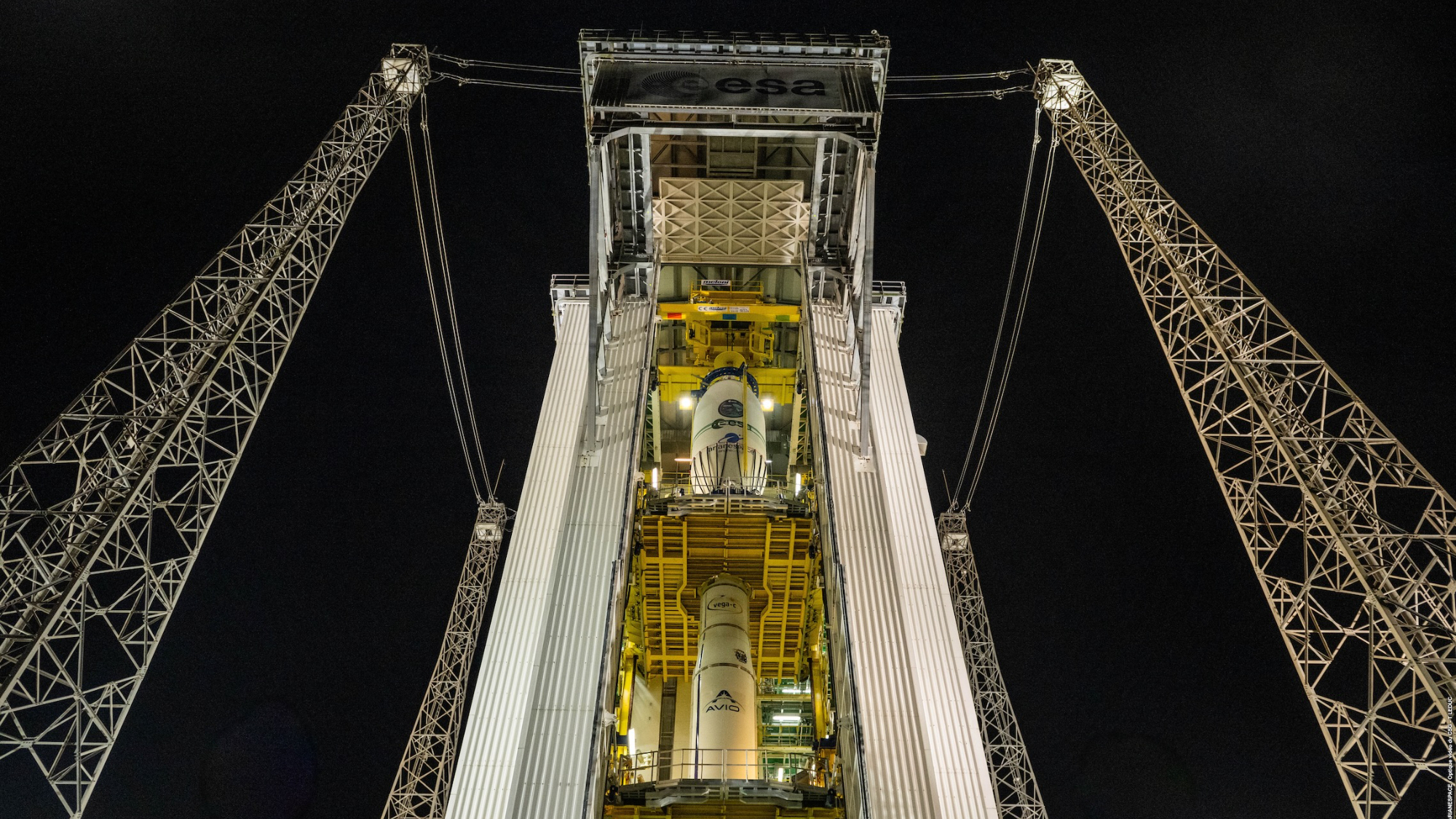Epic time-lapse shows what the Milky Way will look like 400,000 years from now
The night sky will appear completely different half a million years from now. Researchers figured out what it'll look like.

Have you ever seen 40,000 shooting stars blaze across the sky at the same time?
If you'd like to, the European Space Agency (ESA) is offering you two options: Either stare at the night sky for about half a million years as our solar system drifts steadily through the Milky Way (some patience required) — or, watch a new 60-second time-lapse simulation of the same thing, courtesy of the ESA's Gaia space observatory.
In the new simulation, 40,000 stars — all located within 325 light-years of Earth's sun — whiz through space, leaving long trails of light behind them. Each point of light represents one real object in the Milky Way, and each shining trail shows that object's projected movement through the galaxy over the next 400,000 years. Brighter, faster streaks are located closer to our solar system, while dimmer, slower ones live much farther away.
Related: 9 Ideas about black holes that will blow your mind
According to ESA researchers, the simulation shows an unsurprising pattern: By the end of the animation, most stars seem to be clustered to the right side of the screen, while the left remains relatively empty. It's not because the stars are being pulled by some newborn black hole or an alien tractor beam; it's simply that our sun is constantly moving too, causing passing stars to appear more clustered in the opposite direction.
"If you imagine yourself moving through a crowd of people (who are standing still), then in front of you the people will appear to move apart as you approach them, while behind you the people will appear to stand ever closer together as you move away from them," ESA researchers wrote in a blog post. "This effect also happens due to the motion of the sun with respect to the stars."
The data that made this mosaic of cosmic fireflies possible comes from the Gaia satellite's third official data release (EDR3), which became publicly available on Dec. 3. The new data dump contains detailed information on more than 1.8 billion celestial objects, including the precise positions, velocities and orbital trajectories of more than 330,000 stars within 325 light-years of Earth, according to a news release from the ESA. (The 40,000 stars represented in the simulation were chosen at random.)
Get the Space.com Newsletter
Breaking space news, the latest updates on rocket launches, skywatching events and more!
The Gaia satellite launched in 2013 with the express mission of measuring the positions, distances and motions of the stars. The second data release, which dropped in 2018, helped astronomers assemble the most detailed map of the universe ever. The new, third release adds about 100 million new objects to that treasure trove, ESA researchers said.
Originally published on Live Science.
Join our Space Forums to keep talking space on the latest missions, night sky and more! And if you have a news tip, correction or comment, let us know at: community@space.com.

Brandon has been a senior writer at Live Science since 2017, and was formerly a staff writer and editor at Reader's Digest magazine. His writing has appeared in The Washington Post, CBS.com, the Richard Dawkins Foundation website and other outlets. He holds a bachelor's degree in creative writing from the University of Arizona, with minors in journalism and media arts. He enjoys writing most about space, geoscience and the mysteries of the universe.









